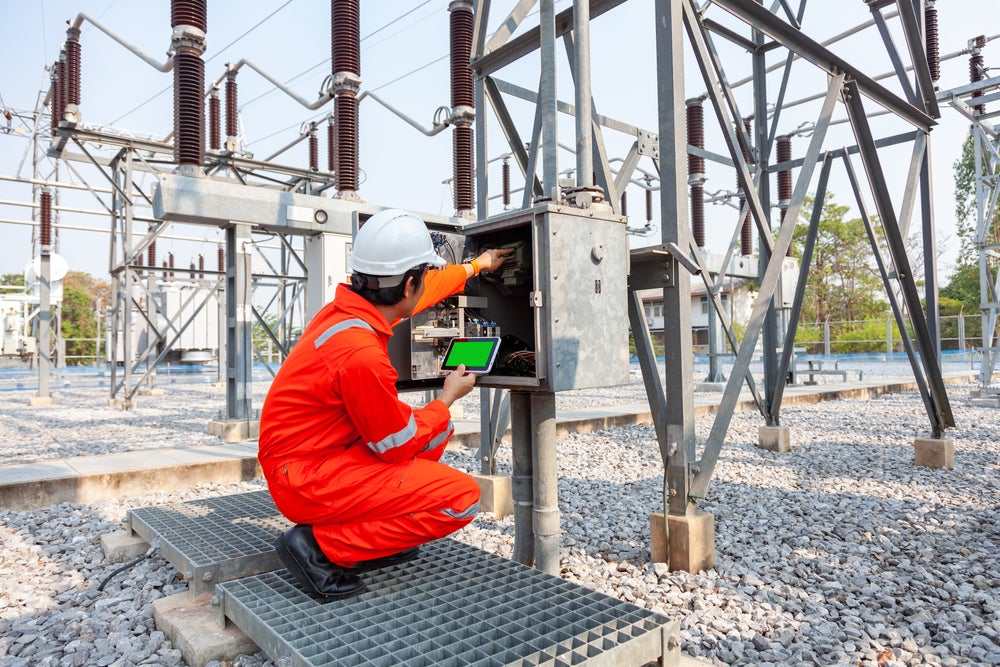Although replacing coal with renewables is often thought to be the toughest challenge facing Asia’s electricity industry, it is the integration of that renewable energy into the grid that is most worrying industry executives, according to a report by Black & Veatch, a sustainable infrastructure company.

The urgent need to focus investments beyond generation into transmission and distribution is underlined throughout the report, which garnered input from 57 senior industry representatives with responsibilities in South Asia, South East Asia and/or East Asia, and 33 commercial and industrial electricity customers. A total of 35% of the industry believe renewables integration is the biggest challenge they face, and 25% are not confident in the performance and resilience of their transmission and distribution systems. Two of the top three threats to providing reliable service to customers are cited as underinvestment in transmission and insufficient energy storage.

Discover B2B Marketing That Performs
Combine business intelligence and editorial excellence to reach engaged professionals across 36 leading media platforms.
Grid development is a largely overlooked issue globally. Before COP26 in November, Energy Monitor found that only 24% of Paris Agreement signatories referred to grid improvements in their national climate action plans.
“Pressures to lower grid emissions are mounting from investors, large customers and governments,” says Narsingh Chaudhary, Black & Veatch’s executive vice-president and managing director for Asia-Pacific. “The introduction of more renewable energy is changing the very nature of electric grid management and this means Asian electricity providers must plan and invest seriously across the entire system of generation, transmission and distribution assets.”
In other findings, the report revealed that although only 15% of respondents see a future for coal investment beyond 2035, nearly half foresee a long-term future for new gas. There was also optimism surrounding hydrogen’s potential as a zero-emissions energy carrier, with 73% believing this gas will help meet carbon emission reduction goals more than any other technology.
In addition, 35% of respondents said their organisations had no plans for decarbonisation.

US Tariffs are shifting - will you react or anticipate?
Don’t let policy changes catch you off guard. Stay proactive with real-time data and expert analysis.
By GlobalData




